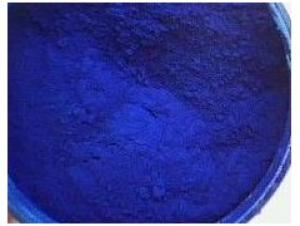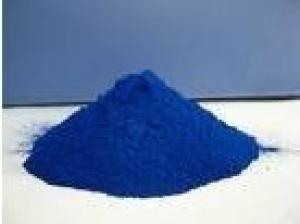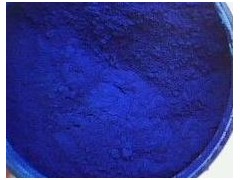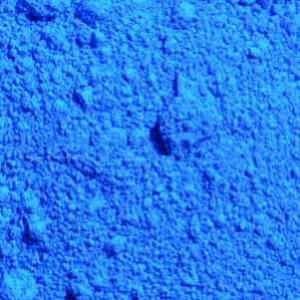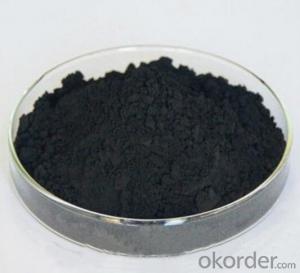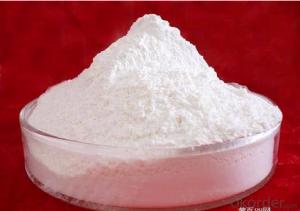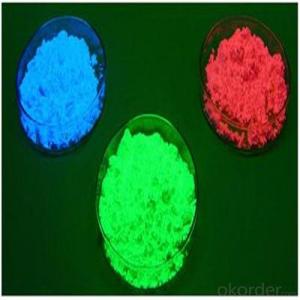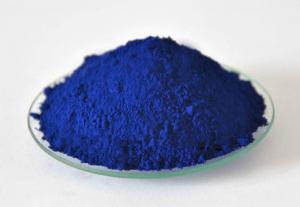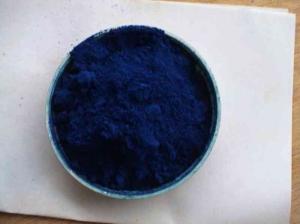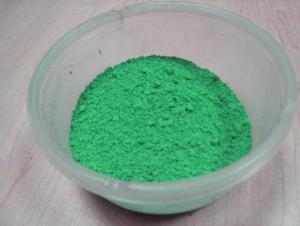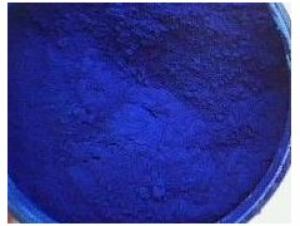Phthalocyanine Blue PB15:0
- Loading Port:
- Shanghai Port
- Payment Terms:
- TT or LC
- Min Order Qty:
- 1 Metric Ton m.t.
- Supply Capability:
- 7,500MT/Year m.t./month
OKorder Service Pledge
OKorder Financial Service
You Might Also Like
Phthalocyanine Blue FR6840
Product Specification | |||||
Chemical Structure | CuPc α | ||||
Color Index No. | PB 15:0 | ||||
Application | Ink | ||||
Physical Form | powder | ||||
| |||||
Test Items | Index | Test Method | |||
Relative Tinting Strength | 100 +_5% | DIN55986 | |||
ΔE,ΔL,Δa,Δb | ≤1,+1,+1,+1 |
| |||
| |||||
Items | Index | Test Method | |||
PH | 5.8~8 | DIN ISO 787-9 | |||
Density 20℃ g/cm3 | 1.6 | DIN ISO 787-10 | |||
BET m2/g | 66 | DIN 66131 | |||
Oil absorption g/100g | 35~45 | DIN ISO 787-5 | |||
105℃ Volatile Matter | ≤1.0% | DIN ISO 787-2 | |||
Water Solubles | ≤1.5% | DIN ISO 787-13 | |||
Residue on Sieve 100 mesh | ≤5% | DIN 53195 | |||
Conductivity us/cm | ≤300 | DIN ISO 787-14 | |||
| |||||
Solvent Resistance | Index | Test Method | |||
Water | 5 | DIN ISO 105-A03 | |||
White Spirit | 5 | DIN ISO 105-A03 | |||
| |||||
Tolerance | Index | Test Method | |||
Light Fastness | 8 | DIN ISO 105-A03 | |||
Weather Resistance | 5 | DIN ISO 105-A03 | |||
Acid Resistance | 5 | DIN ISO 105-A03 | |||
Alkali Resistance | 5 | DIN ISO 105-A03 | |||
Package of Phthalocyanine Blue :
25kg/ kraft bag or 220 kg into drum , or as your requirements .
Suggesting Using of Phthalocyanine Blue :
widely used in painting , ink , pigment and others.
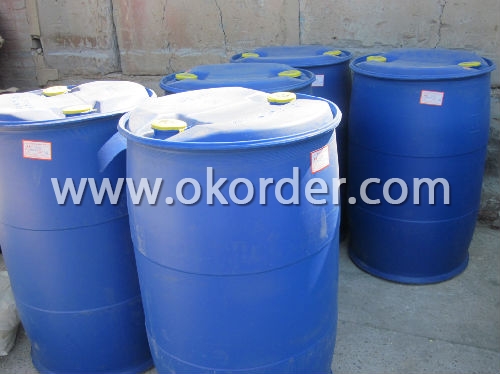

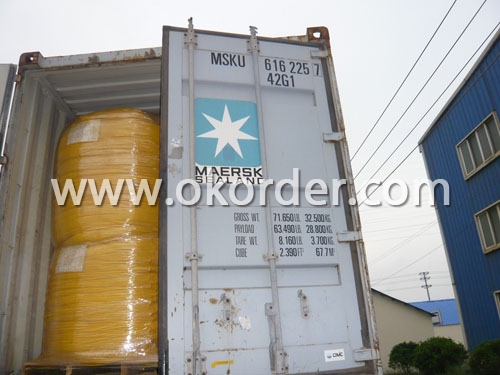
- Q: list 5 mineral pigments and 5 animals pigments and how its produced
- Mineral Pigments: Lazurite (Lapis Lazuli), Vivianite (Blue Ochre), Riebeckite, Glauconite, Malachite, Jarosite, Limonite, Hematite, Goethite, Celadonite and Shungite Animal Pigments: Tyrian Purple, made from the mucus of a Murex snail Carmine, made from an insect in central and south America, called Cochinilla Natural indigo, made from plants of the genera Indigofera Rose madder, a pigment derived from the plant Rubia tinctorum Gamboge, I think is a dark type of mustard (seeds) Alizarin occurs in the root of the common madder (Rubia tinctorum) and in various parts of Indian madder (Rubia cordifolia). And regarding how they are produced, well each one has it?s own methods. You may want to search each of those names and you can find information for each one. Hope this helps, Bella
- Q: I bought the color Frozen White, and the store sample was sort chunky too, and it doesn't go on my skin well because of that. How can I apply it on smoothly? do I need to add a little water??? help!!!!
- I would recommend applying the pigment wet. There are a multitude or different products that you can use to wet the pigment; Fix Plus (from MAC), mixing mediums (you can usually find those at Sephora), or water. Although I would try the first two over water. Hope this helps!
- Q: what is a pigment? Please describe it, and tell me the uses.?
- Pigments are a natural color in organisms. To understand pigments, you must understand the reflections of light. Pigments allows for organisms to have color, like the blue or brown in the eyes. For example, leaves in plants are color green because their pigments absorb all the colors because of photosynthesis except green and reflects off the color. Their plants are usually not green because they don't need to absorb light as much as the leaves does. Pigments depend on the type of light it absorbs. You are green in a dark room with green light right?
- Q: I love the colours that pigments come in but I don't know how to use them. Is there any easy way?
- You can go to a store that sells makeup and ask them how to use it. They will even show you.
- Q: Does albinism cause lack of ALL pigment, or just black pigment? Does this very on the species?
- Mammals and birds only have melanocytes (these produce varying amounts of brown or black pigment), so that's the only pigment that needs to be affected for them to display albinism. But other types of animals have multiple types of chromatophores. An albino snake, for example, would also need to have the cells that produce reds, yellows, and blues deactivated to appear white/colorless. For these animals to appear as albinos, all pigments would have to be affected.
- Q: does photosythesis requier pigment moulecuels?
- Photosynthesis requires Chlorophyll, which is composed of a mixture of pigments like chlorophyll a, chlorophyll b and xanthophyll. These pigments allow certain wavelengths of light to be used for photolysis, a required stage of the photosynthetic process.
- Q: wut is the diff between those 2?
- i love both
- Q: I got this question from my A2 Biology but I can't find the answer. Does anybody know?
- primary pigments are the ones the electron involved in photosyn. goes to AFTER hitting the accessory pigs. in order to be sent to the electron transport chain. this is the case with photosystem 2 AND 1, they look like this: kvhs.nbed.nb.ca/gallant/biology/photosystem.jpg the green are accessory, and the blue is where the primary are. hope that helps...im a little rusty since i took AP bio last year.
- Q: i also need the color they are links would be great if you know a good one
- anthocyanis Xanthocyanins These are the reds and yellows you see in the fall when the green leaves turn colors
1. Manufacturer Overview
| Location | Henan, China |
| Year Established | 1995 |
| Annual Output Value | Above US$100 Million |
| Main Markets | 20.00% North America 20.00% South America 10.00% Eastern Europe 10.00% Southeast Asia 10.00% Northern Europe 10.00% South Asia 10.00% Western Europe 5.00% Africa 5.00% Mid East |
| Company Certifications | REACH, ROSH,SVHC 53 Items Certificate ,SGS,CIQ,ISO9001:2008 |
2. Manufacturer Certificates
| a) Certification Name | |
| Range | |
| Reference | |
| Validity Period |
3. Manufacturer Capability
| a) Trade Capacity | |
| Nearest Port | Qingdao Port, China |
| Export Percentage | 51% - 60% |
| No.of Employees in Trade Department | 100 People |
| Language Spoken: | English; Chinese;Spainsh; Farsi;French;German |
| b) Factory Information | |
| Factory Size: | Above 600,000 square meters |
| No. of Production Lines | Above 3 |
| Contract Manufacturing | Design Service Offered; Buyer Label Offered |
| Product Price Range | Rock Bottom Price With Best Quality |
Send your message to us
Phthalocyanine Blue PB15:0
- Loading Port:
- Shanghai Port
- Payment Terms:
- TT or LC
- Min Order Qty:
- 1 Metric Ton m.t.
- Supply Capability:
- 7,500MT/Year m.t./month
OKorder Service Pledge
OKorder Financial Service
Similar products
Hot products
Hot Searches
Related keywords
